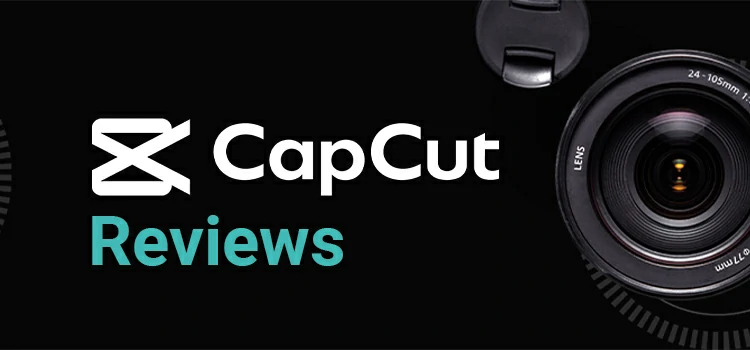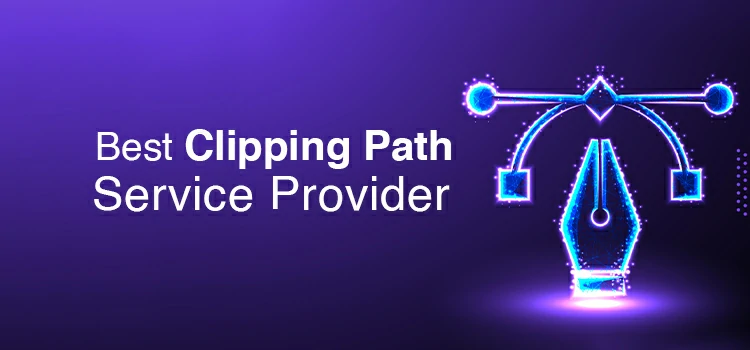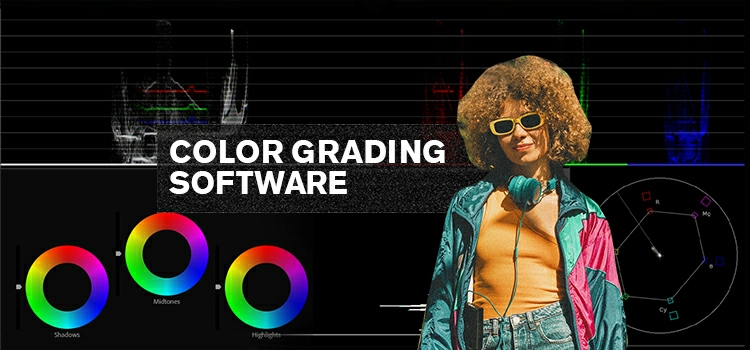Best Fujifilm Cameras 2026: Expert Picks for Creators

You don’t just want another spec sheet. You want a camera brand like Fujifilm that feels like yours. One that sits right in your hands, nails colors without hours in Lightroom, and actually makes you want to go out and shoot.
So we cut the fluff and narrowed it down to seven cameras worth buying in 2026. For each, I’ll give you the real talk: quick specs, a few legit pros, honest cons, and the one lens I’d slap on it first. No jargon. Just what matters so you can pick and start creating.
How We Picked these Fujifilm Cameras
We didn’t just stare at brochures. We ensured some crucial queries like:
- Does the image quality hold up in tricky light?
- Will the autofocus chase my dog, kids, or urban whirlwinds?
- Can it capture video for over 10 minutes without overheating?
- Is it actually pleasant to use all day, or just flashy on paper?
- And yeah… is the whole system gonna cost me a kidney long-term?
1. Fujifilm X-T5
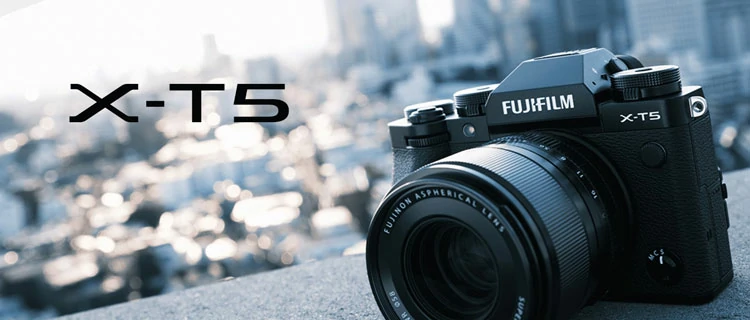
This one? It’s Fuji’s heart wrapped in aluminum. Those dials click like they mean it. The colors, especially Classic Chrome and Nostalgic Neg, look like someone handed you a roll of expired film from 1998. And that ~40MP sensor? It’s not just high-res; it rewards slowing down.
Key specs
- Sensor: APS-C X-Trans, high-res
- Megapixels: ~40+ MP class
- Stabilization: In-body image stabilization (IBIS)
- Video: 4K/60p internal recording
- AF: Fast phase-detect with subject tracking
- Body: Mid-weight, weather-sealed
Pros
- Film sims that make JPEGs look finished
- Handles both photos and video without sweating
- Physical dials = faster shooting, less menu diving
Cons
- Battery life tanks if you’re shooting video all day
- Costs more than most rivals in the APS-C space
Best for and recommended lens
Hybrid shooters and portrait folks, grab the 16–55mm f/2.8. It’s heavy, but it’s your forever Zoom.
2. Fujifilm X-H2S
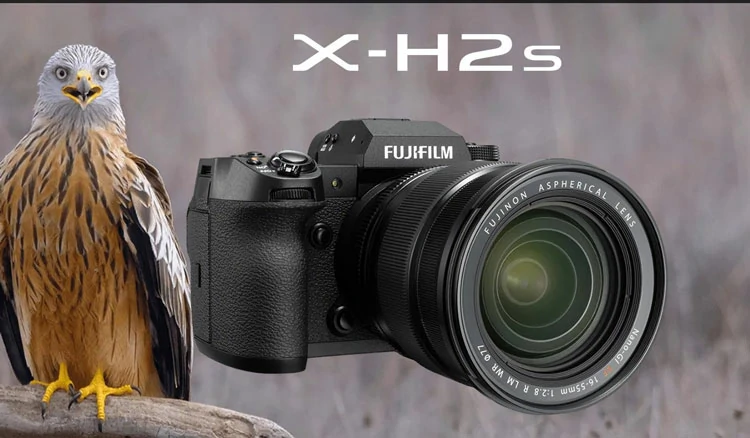
If your idea of “lightweight” is “under 2 lbs,” maybe skip this. But if you’re serious about video like client-paying-you-serious, this thing’s a beast. Shoots 6K, stays cool during hour-long interviews, and locks onto moving subjects like it’s psychic. Yeah, it’s chunky. But man, does it deliver.
Key specs
- Sensor: APS-C stacked CMOS
- Megapixels: Mid-resolution, optimized for speed
- Stabilization: IBIS with lens OIS support
- Video: 6K at 60p, 4K at 120p, plus external ProRes RAW support
- AF: Advanced subject detection and tracking
- Body: Heavier, pro-grade construction
Pros
- Video features that rival full cinema rigs
- AF that sticks through chaos
- Actually manages heat, no more panic stops
Cons
- Feels like a brick after a few hours
- Pricey, and the menus take time to learn
Best for and recommended lens
Videographers and hybrid pros, try the 18–55mm (stabilized) or 50–140mm for creamy tele shots.
3. Fujifilm X-S20
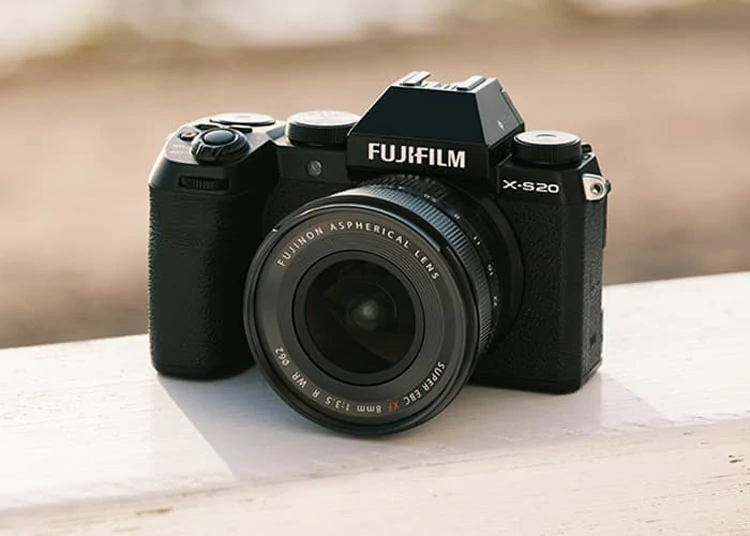
Don’t let the price fool you. This little guy’s got IBIS, a flip screen, solid 4K, and Fuji’s magic color, all for way less than the flagships. I’ve handed this to travel vloggers who thought they needed a Sony, and they never looked back. It’s the “why pay more?” camera of 2026.
Key specs
- Sensor: APS-C X-Trans
- Megapixels: Balanced for stills and video
- Stabilization: IBIS for handheld work
- Video: 4K/60p internal recording
- AF: Phase-detect with face/eye detection
- Body: Lightweight, travel-ready
Pros
- Insane value, you get 90% of the high-end experience
- Flip screen = vlogging heaven
- Light enough to forget it’s in your bag
Cons
- Resolution won’t match the X-T5 II
- Missing a few pro niceties (like higher bitrates)
Best for and recommended lens
Creators on a budget, pair it with the 16–80mm (versatile) or 18–55mm (lighter).
4. Fujifilm X-T50

This camera features classic Fuji dials and beautiful film simulations. It’s pocket-sized and fits easily in your jacket. Street photographers love its quiet operation, which helps them capture candid moments. Each JPEG feels like an artistic mood board. It’s all about photos, not Hollywood blockbusters.
Key specs
- Sensor: APS-C X-Trans
- Megapixels: Competitive APS-C resolution
- Stabilization: IBIS on some variants
- Video: 4K/60p capable
- AF: Responsive hybrid AF system
- Body: Compact and light
Pros
- Dials that make manual shooting fun again
- Colors so good, editing feels optional
- Small enough to take everywhere
Cons
- Grip’s slim, if you’ve got big hands, add a thumb rest
- Video’s decent but not pro-tier
Best for and recommended lens
Street and travel shooters, go prime. 23mm f/2 or the pancake 27mm. Simple, sharp, silent.
5. Fujifilm GFX100 II
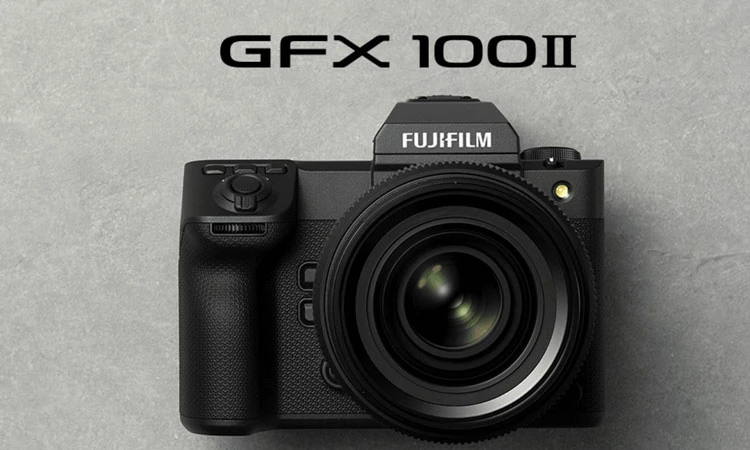
Okay, real talk: this isn’t your everyday camera. It’s heavy. Expensive. Slow. But that medium-format sensor? It captures detail and tonal gradation that makes other cameras look flat. If you print large or shoot high-end commercial work, it’s worth the hassle. If you shoot weddings or action? Probably overkill.
Key specs
- Sensor: Medium format (large sensor)
- Megapixels: ~100 MP class
- Stabilization: Advanced IBIS
- Video: 4K/30p professional recording
- AF: High-precision AF tuned for large sensors
- Body: Bulky, studio/field-ready
Pros
- Resolution and dynamic range that stun
- Handles harsh midday sun like it’s golden hour
- Built for fine art, fashion, and landscapes
Cons
- GF lenses cost a fortune
- Too slow and heavy for run-and-gun
Best for and recommended lens
Studio/commercial shooters, start with GF 110mm (portraits) or GF 32–64mm (landscapes).
6. Fujifilm X100VI
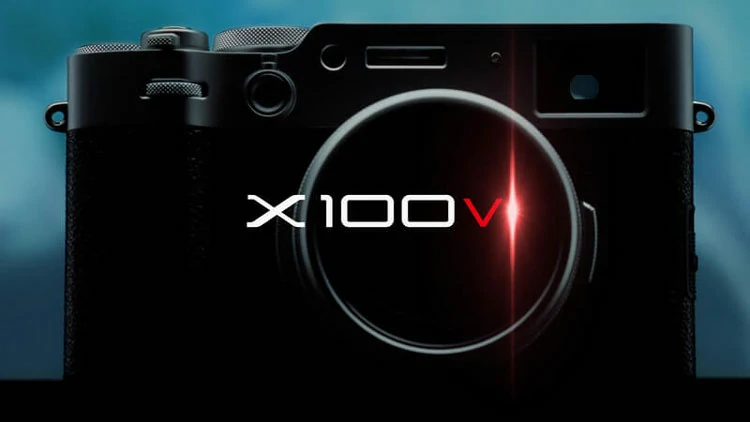
The only camera I’ve ever carried daily for months straight. Fixed 35mm lens? Yep. Hybrid viewfinder? Pure magic. It forces you to move your feet, not your zoom ring, and somehow, half your shots are keepers straight out of the camera. It’s not versatile. It’s focused. And that’s why we love it.
Key specs
- Sensor: APS-C X-Trans.
- Lens: 35mm prime.
- Stabilization: Limited; leaf shutter helps with flash
- Video: 4K/30p
- Body: Ultra-portable, retro-inspired
Pros
- Fits in any pocket
- OVF/EVF combo speeds up shooting
- JPEGs look like film scans
Cons
- No lens swapping, commit to 35mm
- Pricier than it looks for a fixed-lens cam
Best for and recommended lens
Street and daily shooters, no extra lens needed. Just shoot.
7. Fujifilm X-T30 II
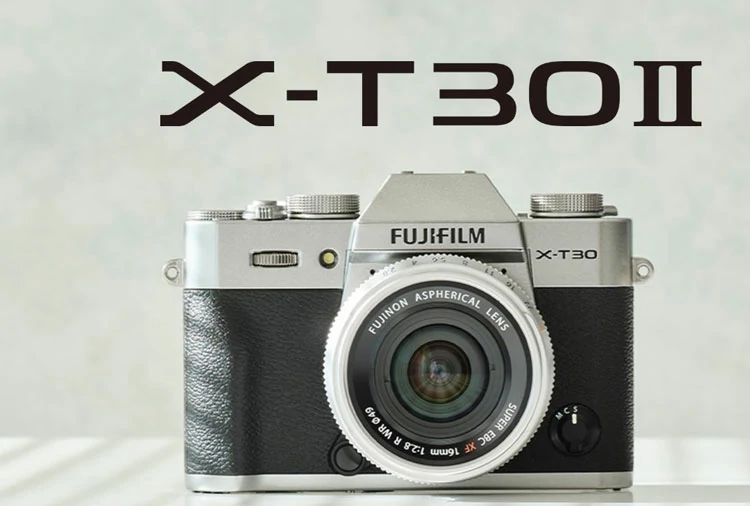
The perfect “first real camera.” Small, affordable, and packed with Fuji soul. It won’t do 4K/120p, and the battery dies fast, but it teaches you to see, compose, and fall in love with photography again. I still recommend this to friends who say, “I just want something simple that takes great photos.”
Key specs
- Sensor: APS-C X-Trans
- Megapixels: Solid mid-range resolution
- Stabilization: Lens-dependent; body-level varies
- Video: 4K/30p recording
- AF: Reliable face/eye detection
- Body: Light and compact
Pros
- Cheapest way into the X-mount world
- Image quality punches above its weight
- So light, you’ll carry it everywhere
Cons
- Video tops out at 4K/30p
- Fewer pro features, shorter battery
Best for and recommended lens
Beginners start with a 23mm or 35mm prime. Learn composition before you complicate things.
How to Choose the Right Fujifilm Camera for You
- What do I shoot most? Portraits → fast primes. Travel/street → small bodies. Video → IBIS + cooling. Studio → medium format.
- APS-C or medium format? APS-C = practical, portable, affordable. Medium format = next-level detail but only if you really need it.
- Start with the lens. Need one lens for everything? 16–55mm or 16–80mm. Want dreamy portraits? 56mm f/1.2. Build slowly.
Essential Accessories and Lenses
Top 5 Accessories
- Extra batteries (seriously, always have one)
- Fast UHS-II card (keeps video smooth)
- Weather-sealed bag (because weather doesn’t care)
- Tiny tripod (for night shots or self-portraits)
- Screen protector + comfy strap (small things, big difference)
Lens Picks by Use Case
- Portraits: Want that dreamy, creamy look? Go for the 56mm f/1.2 on APS-C, it’s basically magic for faces.
- Travel: The 16-55mm f/2.8 is sharp. The 16-80mm offers more reach and is lighter.
- Street: Use a 23mm lens for context. A 35mm lens helps you get closer.
- Video: Use a 16-80mm stabilized zoom. A 35mm f/1.4 prime gives a cinematic look.
Quick FAQs on Fujifilm Cameras
Best Fujifilm for video?
X-H2S II if money’s no object. X-S20 II, if you want smart features without the pro price.
Is medium format worth it?
Only if you’re printing huge or shooting for clients who demand it. Otherwise, stick with APS-C.
Which Fuji gives the best JPEGs?
X-T5 II and X100VII, thanks to film sims, they’re basically done when you press “save.”
Are Fuji lenses costly?
Some are (GF line = $$$), but XF primes are reasonable, and third-party X-mount options are getting great.
IBIS or lens OIS?
IBIS covers more situations. But pair it with OIS on long lenses for maximum stability.
Final Thoughts
At the end of the day, Fujifilm’s 2026 lineup isn’t about who has the most megapixels. It’s about finding the camera that disappears in your hands so you can show up fully.
Maybe that’s the X100VII in your coat pocket. Maybe it’s the X-H2S II on your shoulder for client gigs. Or maybe you’re just starting, and the X-T30 II is your gateway drug into the Fuji world.
Don’t overthink it. Pick one that matches how you actually shoot, not how Instagram says you should. Add one good lens. And go make photos only you can make.
Because the best camera? It’s the one you use. Not the one sitting in the box.



